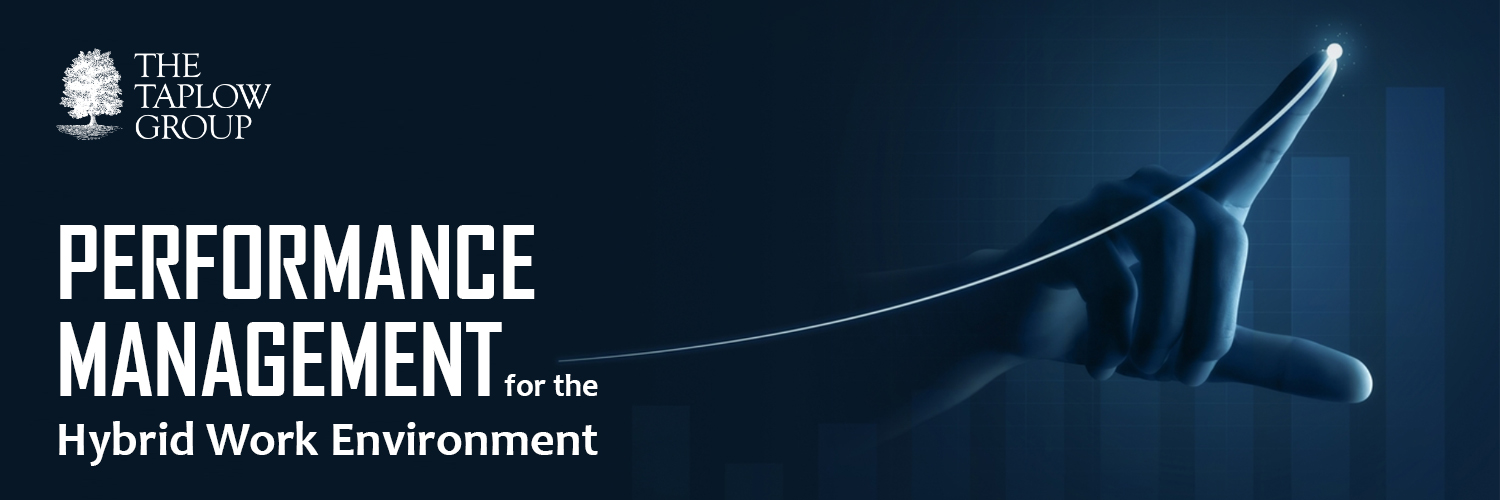are working from home, in co-working spaces, and in other remote locations. This change has created a need for a new way of managing employees. Performance management in the hybrid work environment must be designed to meet the needs of this new type of workforce.
Performance management is the process of managing and improving employee productivity and performance. It involves setting goals, measuring progress, providing feedback, and taking corrective action as needed.
Performance management is important for both employees and managers. For employees, it can help them to set and achieve goals, and to improve their skills and knowledge. For managers, it can help them to ensure that employees are meeting expectations and are productive and effective.
It is an important part of every organization and should be given the attention it deserves.
There are a few key steps to successfully implementing performance management in a hybrid work environment. The first is to make sure that the performance management system is aligned with the company's overall strategy. The second is to ensure that the system is easy to use and that employees are familiar with it. The third is to make sure that managers are properly trained in how to use the system and how to provide feedback. The fourth is to track and analyze the data to ensure that the system is effective. And the fifth is to continually improve the system based on the data analysis.
Though research indicates that monitoring productivity and managing performance can become a tad bit challenging in a hybrid environment , putting proper systems in place can make it easier.
This article is an intellectual property of The Taplow Group. You can reproduce it wholly or partly only by giving due credit to us.
